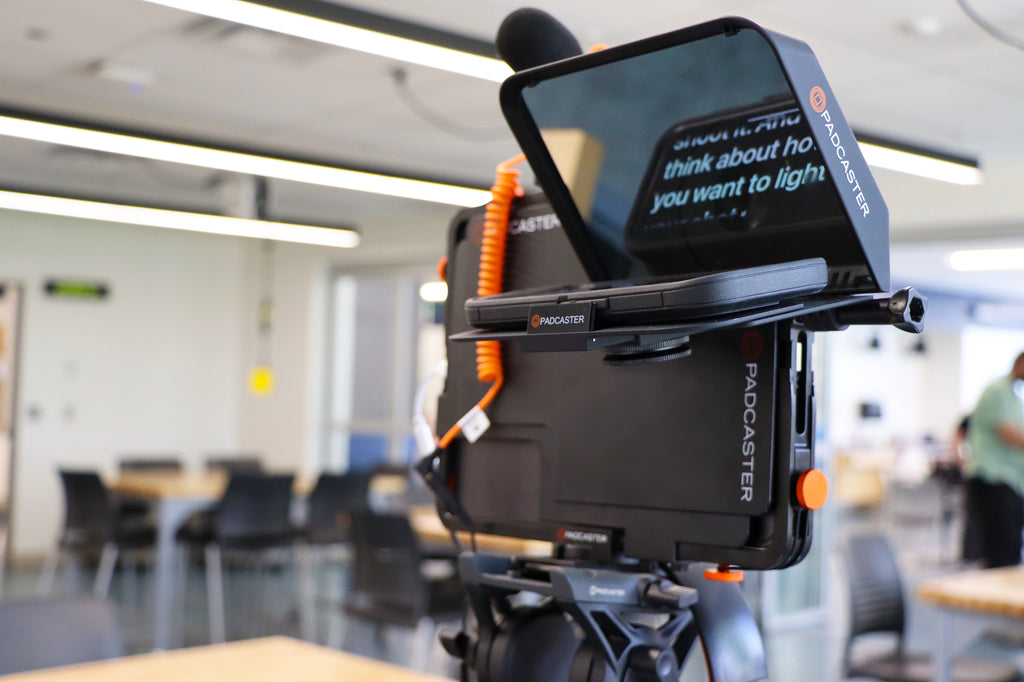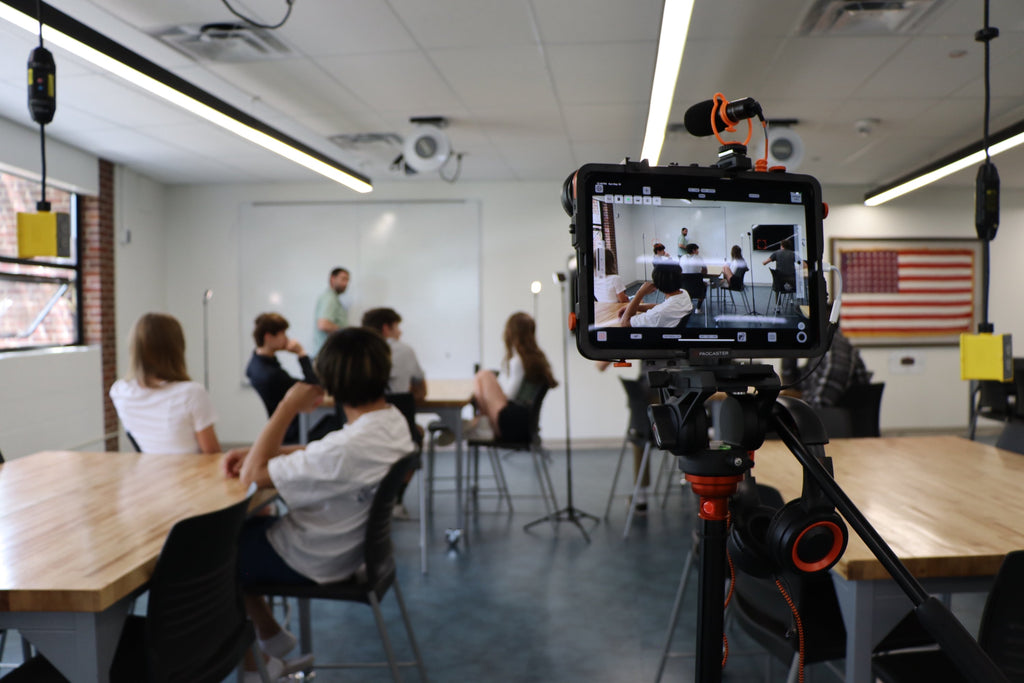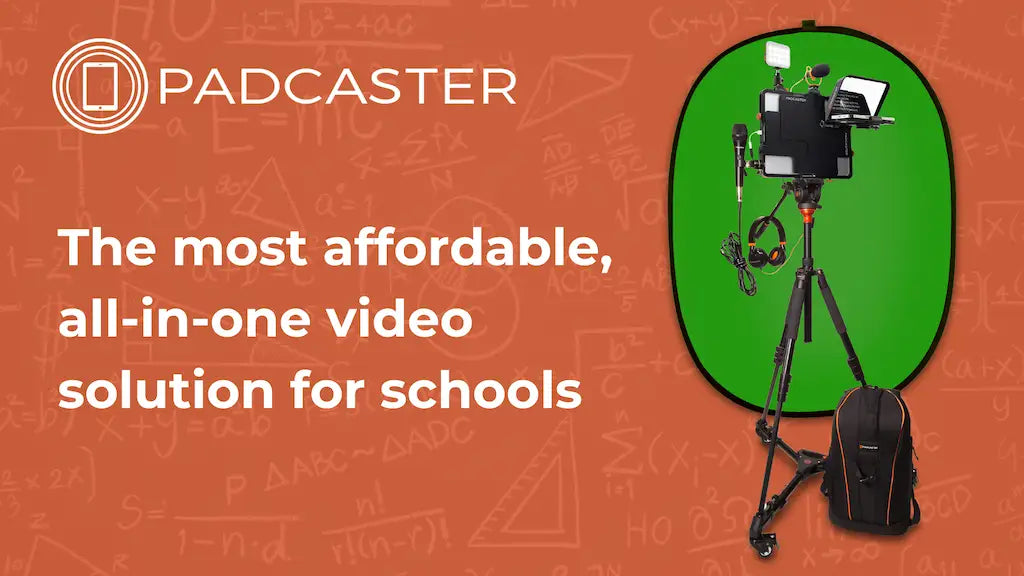
Murray Suid, filmmaker and founder of MobileMovieMaking Magazine, explains how and how and why he became passionate about making movies with mobile devices.
Can you tell us a little about your background?
After college, I began making 16mm short comedies, one of which earned the Special Jury Prize at the Marburg Film Festival. Later, I produced an instructional 8mm movie titled “How to Make Movies Your Friends Will Want to See Twice.” Using Marvel comic book art, I coauthored Moviemaking Illustrated. I then earned a degree in screenwriting at UCLA, and have had several scripts optioned and one — “Summer of the Flying Saucer”—produced.
What is the International Movie Trailer Festival and what inspired you to create it?
While trying to raise money to produce a low-budget thriller, my wife Roberta and I produced a pre-production trailer. This ignited our interest in trailers, which led to launching an online festival and a series of contests devoted to indie trailers.
From there, what led you to develop MobileMovieMaking?
When we saw early experiments with mobile movie making, we ran a contest that was exclusively for mobile-shot trailers. The results were so exciting, we decided to focus our efforts on mobile moviemaking. With hundreds of millions of people carrying around advanced cameras in their pockets, purses, and backpacks, we believed that there would be a revolution in video production. While it wouldn’t rival Hollywood, it would democratize the sharing of information and stories.
What do you think is the biggest advantage of shooting video on mobile devices?
Traditionally, the cost was a barrier to people who wanted to make movies. Even shooting super 8mm was expensive. And then there was convenience. While the camcorder was not expensive, people rarely would carry the camera with them. Mobile equipment, on the other hand, is portable, and the gear—lenses, tripods, microphones—is small, lightweight, and inexpensive. This means that mobile moviemakers can spontaneously shoot quality video. Or, with a planned shoot—such as a commercial or narrative film—have a relatively easy time setting up. Even professionals report that because mobile equipment is unobtrusive, they are able to get good shots without a lot of trouble, for example, doing crowd control.
What does it take for amateurs—people who haven’t gone to film school—to make movies that are worth watching?
The secret is to think genre. Instead of simply pushing the button and making a clip, see yourself as creating a particular kind of movie. It could be a music video, a travelogue, a biography, a how-to lesson, an interview, a comedy, or even a rant. When you think in terms of categories, you’ll almost automatically create a structured piece that will interest audiences. For example, if you’re going to make a travelogue about a family trip, you’ll naturally look for an enticing beginning.
How do you see the future of mobile journalism (mojo) and filmmaking?
Regarding mojo, the future is already here and it can be summed up with one word: spontaneity. Because we have our cameras with us, we can shoot a movie whenever we see something that interests us. On our website right now we have a 2-minute documentary about street artists. The filmmaker was on his way to work when a street art project caught his eye, and he was able to begin documenting it right away.
As for fiction (narrative) filmmaking, the issue is cost. Because mobile movies can be made at a fraction of the cost of using traditional gear, video storytelling is within the reach of almost everyone. Part of the revolution, of course, has to do with distribution. In the old days, only a few filmmakers got to share their work via movie theaters and festivals. But thanks to YouTube, Facebook, and other outlets, anyone has a chance to reach a big audience.
Need More Information?
Fill out the form here to get in touch with a member of the Padcaster Team.


